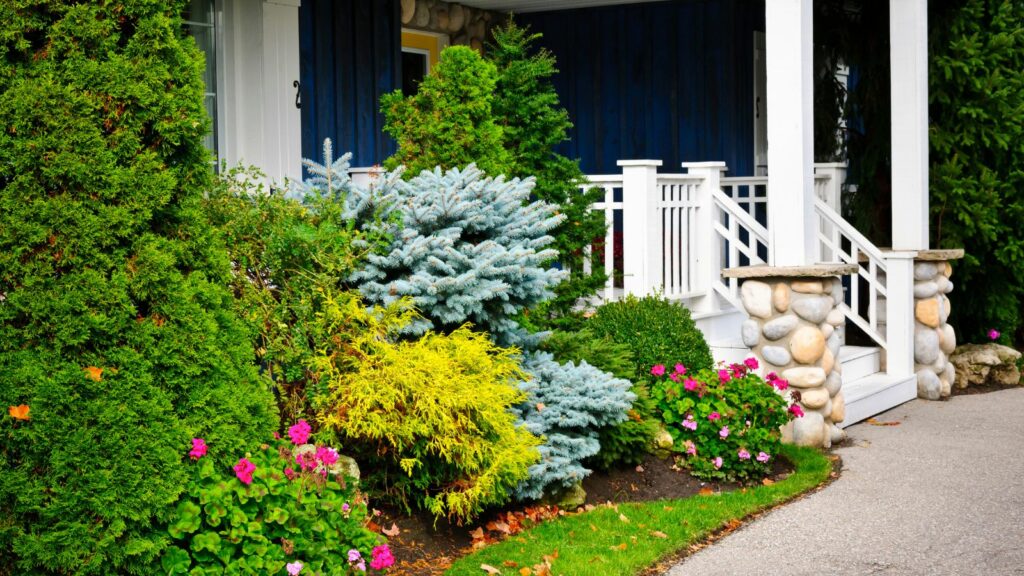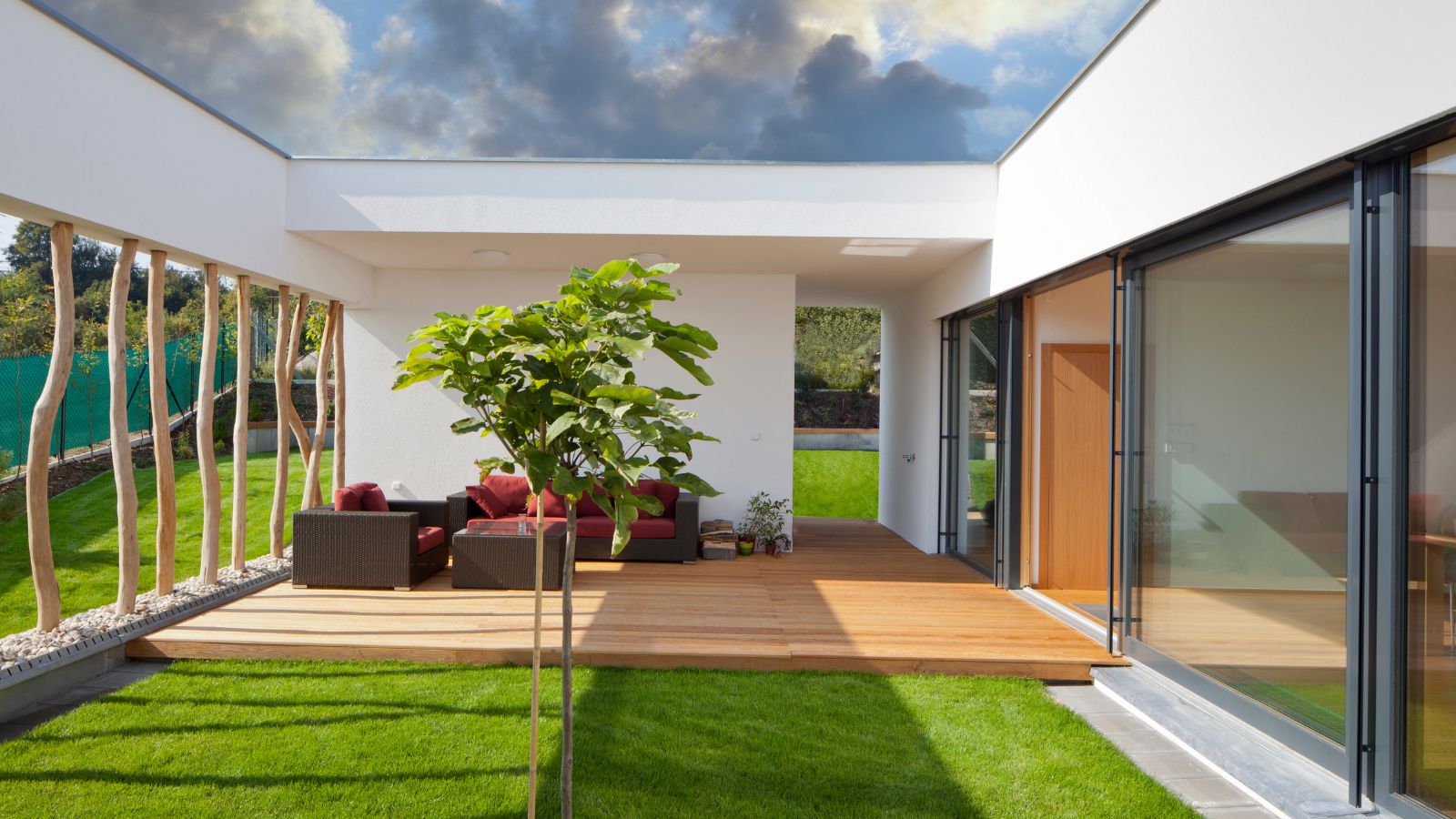Some people buy a home for the kitchen or the walk-in closet. But if your heart skips a beat at the sight of a south-facing yard, you already know—what’s outside matters. Whether you’re growing heirloom tomatoes, laying a native wildflower path, or dreaming of long Sunday dinners under string lights, outdoor living is more than a bonus. It’s the priority.
The challenge is that not every home is as garden-ready as it looks. Green lawns might hide clay-heavy soil. Pristine patios might come with more rules than you’d expect. So before you sign anything, it helps to know exactly what to look for—and what questions to ask—if you’re hoping to live from your garden and in it.
Sunshine, Soil, and the Story Beneath the Lawn
If you’re planning an edible garden or flower beds, you’ll need more than curb appeal—you’ll need workable dirt.
Start with the basics. Is the yard mostly flat, or does it slope? A slight tilt can help with drainage, but too much and your soil will wash away every time it rains. Take note of existing trees and fences that might block essential sunlight, especially in areas where you’d want to plant.
As for soil itself? Dig down a bit—literally. Crumbly, dark soil is a good sign. Compacted clay or sandy patches could make growing a challenge without amending the soil first. If you’re unsure, consider asking your home inspector to flag soil drainage during their walkthrough or call in a local extension office for testing.
Know the Rules Before You Break Ground
Here’s the part no one loves but everyone needs to hear: some neighborhoods make it harder to garden than others.
In some communities, HOA-covered services like landscaping or exterior maintenance may restrict how much you can personalize your outdoor space— so be sure to review those guidelines before you plant your first raised bed. Common restrictions may include:
- No visible compost bins
- Limited fence height or garden bed placement
- Guidelines on what’s allowed in front vs. back yards
- Prohibitions on greenhouses or hoop tunnels
That doesn’t mean gardening is off the table—it just means you’ll want to ask questions early, so your vision doesn’t get hemmed in by policy.

Seasonal Planning Makes All the Difference
You’ve found a yard with good bones. Great. Now think through the seasons.
Where will you drink your coffee in the spring, grill in the summer, and tuck in with a blanket and book come fall?
Look for features that support year-round use:
- Patios with overhead coverage
- Outdoor lighting that feels inviting, not sterile
- Space for movable furniture or cozy nooks
- Wind protection from fencing or hedges
And don’t forget about your plants—perennials need room to stretch, and container gardens thrive best when sheltered from harsh elements. Buying with the seasons in mind ensures you won’t love your yard only two months out of the year.
Noise, Neighbors, and Privacy (Yes, It Matters)
Even if your garden is picture-perfect, it won’t feel like yours if your neighbor’s dog is barking all day or your backyard overlooks a busy road.
Pay attention during showings. Open the windows. Step outside and listen. Is the space peaceful? Can you hear traffic, construction, or neighboring conversations?
If privacy is important to you—and let’s be honest, most gardeners appreciate a little solitude—take stock of the fencing situation. Not all homes come with full enclosures, and in HOA communities, your options for adding one might be limited.

Ask Before You Assume
It’s easy to picture your future garden when you’re walking through a new space. But before your imagination runs wild with trellises and compost tea, stop and ask:
- Are there irrigation systems in place?
- Can you run water easily to all areas of the yard?
- Is there room (and permission) for a shed or tool storage?
- Do any trees cast heavy shade in peak growing months?
A yard that supports your lifestyle doesn’t need to be perfect. It just needs to be functional—and full of potential.
Final Thoughts
The right garden-ready home should feel like an invitation, not a negotiation. It should offer enough sun to grow what you love, enough privacy to enjoy it, and enough freedom to make the space your own.
By checking soil, light, rules, and layout before buying, you’ll save yourself from surprises—and set yourself up for seasons of joy. Because when your outdoor space works with you, not against you, it becomes more than a yard. It becomes part of your home.

